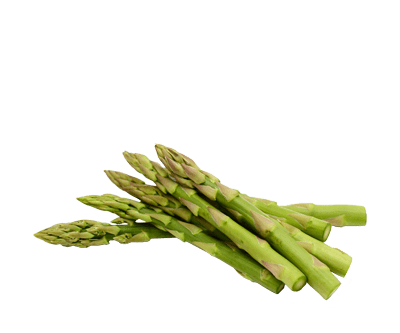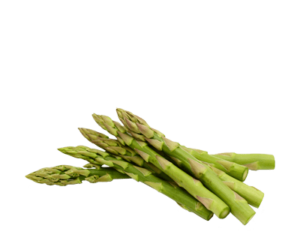The chemical composition of the cultivated asparagus is as follows:
calories: 15-25
fibers: 1.5%
proteins: 2.2%
carbohydrates: 3.5% fructose
Doctors and nutritionists have attributed to the asparagus important health virtues,
considering it an excellent food in many ways:
dietary, an important component of low-calorie vegetable diets;
vitaminic, its balanced composition combined with mineral salts act as regulators
of the cardiac and nervous system; diuretic, the high Potassium / Nitrogen ratio has a good diuretic activity.
A natural "Detox"
Asparagus acid acts just like a natural diuretic, favoring the elimination of toxins from our body.
At the same time, the expulsion of harmful substances and free radicals is favored by glutathione, a substance which asparagus is rich (together with avocado and cabbage), not to mention their extraordinary intake of quercetin, rutin, saponins and acids organic antioxidant and anti-inflammatory that make asparagus among the most protective vegetables in the prevention of cancer.
They are good for the heart and prevent aging. Antioxidants and potassium also help control blood pressure and protect the cardiovascular system. Richness in antioxidants and abundance in folic acid and other vitamins such as B6, thiamin, K, C, E and carotenoids, make asparagus one of the most able to counteract the negative effects of free radicals.
protecting cells from aging and thus contributing to the slowing down of the loss of cognitive functions associated with it. The contribution of mineral salts should also be emphasized, among which are potassium, manganese, magnesium, calcium and chromium. The latter, in particular, improves blood glucose control.
Asparagus, vegetables with a very low caloric impact, are rich in inulin, a type of fiber that is a great ally of the digestive system and of the bacterial flora, and are therefore useful for those suffering from constipation and type 2 diabetes.
In gastronomy, the processed and cooked asparagus lends itself to many uses, so much so
find it in many traditional Sardinian recipes.









